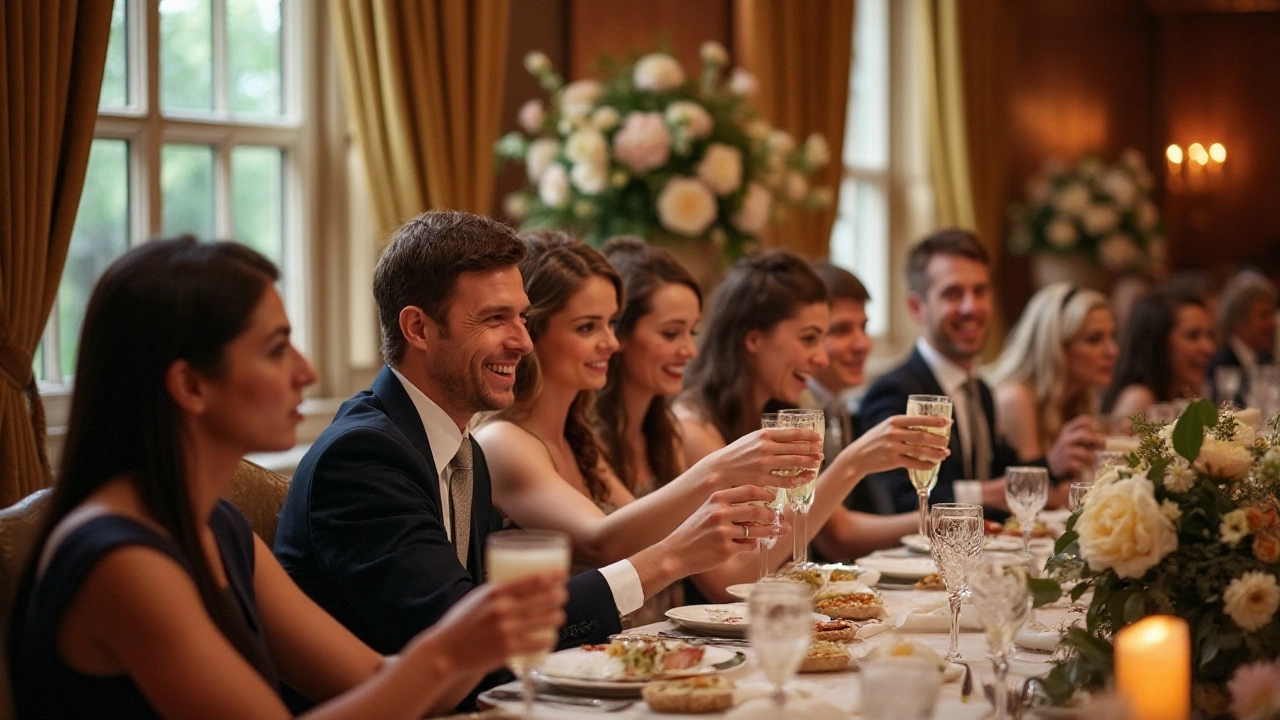Wedding Meal Plan Made Simple: Food, Budget & Menu Tips
Planning the food for your big day can feel overwhelming, but it doesn’t have to be. Start by asking yourself three quick questions: How much can you spend on food? What style of dinner fits your venue? Do any of your guests have special dietary needs? Answering these up front narrows down every later decision.
First, set a realistic food budget. Look at your overall wedding budget and allocate about 10‑15% to meals. If your total is £30,000, aim for £3,000‑£4,500 on catering. Break that number down per‑guest – a typical UK wedding dinner runs £35‑£55 per head, but you can bring it down to £25 by choosing buffet or family‑style service.
Choosing the Right Catering Style
Buffet, plated, family‑style, or food stations – each has pros and cons. Buffets are cheapest and let guests pick what they like, but they can create long lines. Plated meals feel formal and let you control portions, yet they’re pricier and require more staff. Family‑style offers a warm, communal vibe and often sits in the middle of the cost range. Food stations (taco bar, sushi roll‑up, etc.) add excitement and let you showcase local flavors, but they need extra coordination.
Visit at least three local caterers, ask for a tasting, and compare what’s included: plates, linens, staff, and cleanup. Many will tailor a menu to your budget if you’re flexible on the number of courses. Remember, the cheapest quote isn’t always the best – consider reputation, reviews, and how well they handle dietary restrictions.
Menu Ideas that Wow without Breaking the Bank
Start with a simple structure: starter, main, and dessert. For starters, think seasonal soups or a mixed salad – both cost‑effective and look fresh. Main dishes like herb‑roasted chicken, slow‑cooked pork shoulder, or a vegetarian pasta bake can impress without the price tag of beef or seafood. If you love a touch of luxury, add a small seafood element (like a scallop garnish) to a meat plate rather than a full fish course.
Don’t forget the sweet end. A classic wedding cake is traditional, but you can offer a cake slice alongside a dessert table with mini tarts, brownies, or a cheese board. This spreads the cost and gives guests variety.
Dietary needs are non‑negotiable. Ask your caterer for at least two vegetarian options, a gluten‑free dish, and a nut‑free alternative. Mark these clearly on your menu cards – it shows you care and saves the venue from last‑minute confusion.
Finally, add a personal touch. A family recipe, a favorite spice blend, or a local ingredient (like Somerset strawberries) makes the meal memorable and often costs less than generic gourmet options.
Putting it all together: draft a spreadsheet with each potential caterer, their style, per‑head cost, and what’s included. Add a column for how many dietary options they provide. Score each on taste, price, and flexibility, then pick the one that hits the sweet spot between your vision and wallet.
With a clear budget, the right catering style, and a smart menu, your wedding meal plan will run smoothly, delight guests, and keep you stress‑free on the day. Happy planning!
Should You Include Catering Staff in Your Wedding Meal Plan?
Planning a wedding involves a myriad of details, from invitations to floral arrangements. One question that often arises is whether to feed the catering staff during the reception. This decision can affect your budget and the flow of your event. Here, we explore the reasons why feeding the staff might be beneficial and provide tips on how to incorporate it into your wedding plans.
View More